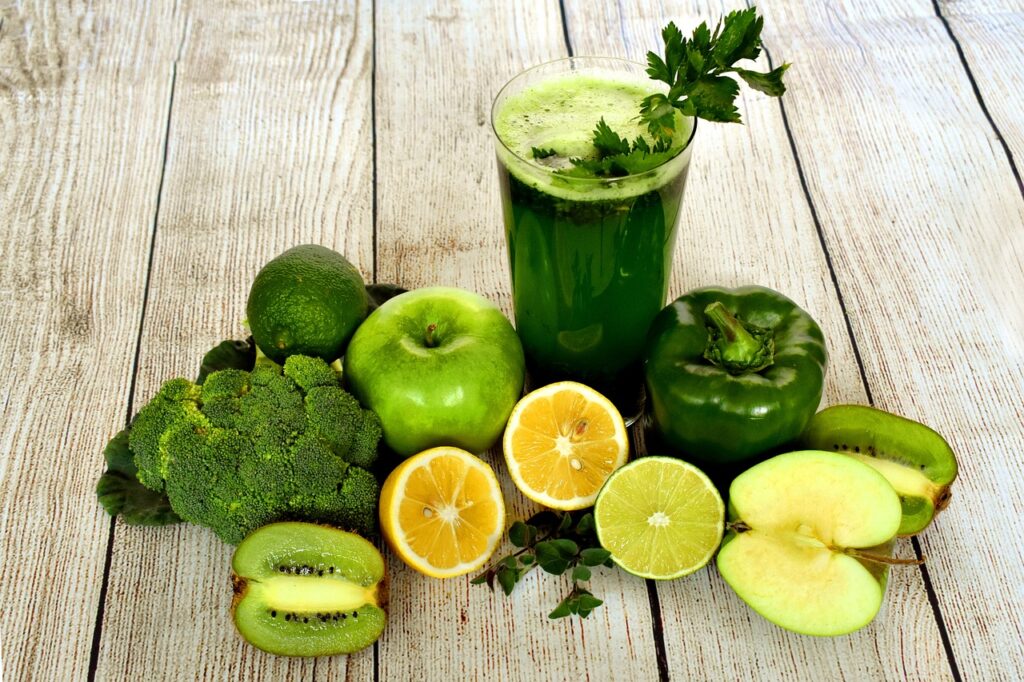Switching to a plant-based diet offers numerous health benefits, but one common concern is getting enough protein without consuming meat. Fortunately, many plant-based foods are rich in protein and can help you meet your daily nutritional needs. Here’s how you can maintain a high-protein diet while eating plant-based.
1. Legumes and Beans
Legumes, such as lentils, chickpeas, black beans, and soybeans, are excellent sources of protein and fiber.
- Lentils: Provide about 18g of protein per cooked cup.
- Chickpeas: Contain around 15g of protein per cooked cup.
- Black Beans: Offer 15g of protein per cooked cup.
2. Soy Products
Soy-based foods are among the most protein-rich plant options.
- Tofu: Contains 10g of protein per ½ cup.
- Tempeh: Provides about 21g of protein per ½ cup.
- Edamame: Offers 17g of protein per cup.
3. Whole Grains
While typically known for carbohydrates, many whole grains also provide a good amount of protein.
- Quinoa: A complete protein with 8g per cup.
- Brown Rice: Contains 5g per cup.
- Oats: Provide 6g of protein per cup.
4. Nuts and Seeds
Nuts and seeds contribute healthy fats and protein.
- Chia Seeds: Contain 5g of protein per ounce.
- Hemp Seeds: Offer 9g of protein per 3 tablespoons.
- Almonds: Provide 6g of protein per ounce.
5. Plant-Based Protein Powders
For those who need an extra boost, plant-based protein powders made from peas, brown rice, or hemp offer a convenient way to increase protein intake.
6. Vegetables with Protein
Many vegetables have surprising amounts of protein.
- Spinach: Contains 5g per cooked cup.
- Broccoli: Offers 4g per cup.
- Brussels Sprouts: Provide 4g per cup.
7. Combining Plant Proteins
To ensure a complete amino acid profile, combine different protein sources, such as beans with rice or hummus with whole wheat bread.
Conclusion
A well-balanced plant-based diet can provide ample protein without meat. By including a variety of protein-rich foods, you can maintain muscle mass, stay energized, and meet your dietary needs effortlessly. With careful planning, plant-based eating can be both nutritious and delicious!

david Miller is an experienced English language expert with a deep passion for helping others communicate effectively and confidently. With a background in linguistics and literature, He provides clear, accessible insights on grammar, writing, and communication strategies. Through well-researched articles and practical advice, David Miller aims to make language learning both inspiring and achievable for readers of all levels.


